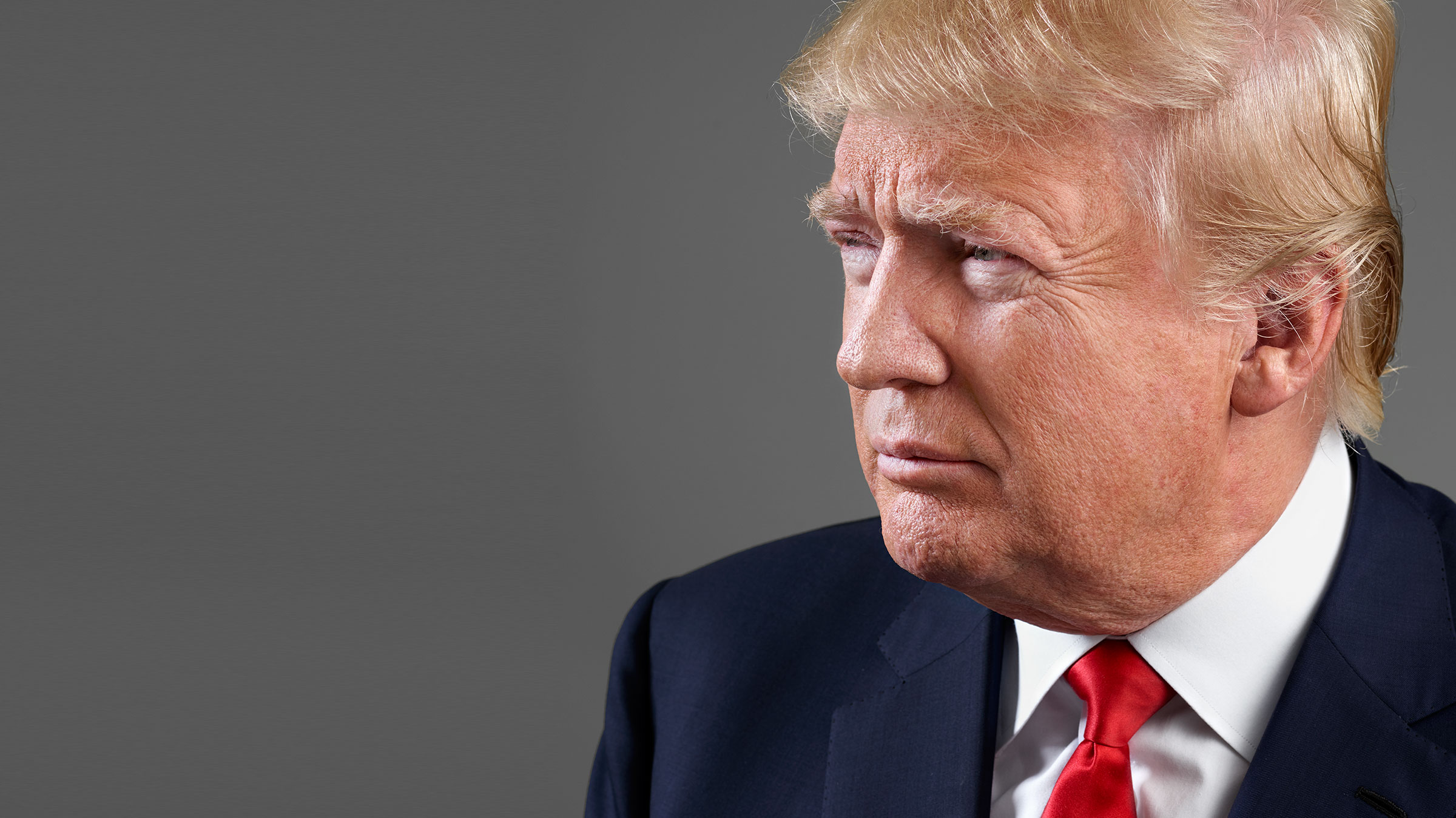Editorial
PART 2: WHY DONALD TRUMP CAN’T, AND WON’T WIN IN 2016

By Dennis Matanda, Ryan Elcock
& Emmanuel Musaazi | The Habari Network
In Part 1 of this series, we started on an alarmist note; we introduced you to the sort of ‘people’ Donald Trump and Bill O’Reilly are. We, essentially, referred to them as a ‘dying breed;’ re-emphasizing an old premise that the white hot heat you feel fueling Donald Trump, the conservative movement and, unfortunately, the Republican Party, emanates from nothing more than the last kicks of a dying horse. In Part II, we illustrate how more things conspire to relegate Trump to the camp of those that will never serve as POTUS.
Pennsyltucky
Some of America’s most popular prognosticators are arguing that the 2016 presidential election could hinge on Pennsylvania. The last time this state and its (now) 20 electoral college votes went to a Republican was in George H. W. Bush’s decisive win over Michael Dukakis in 1988. But in 2016, Hillary Clinton cannot count on this state because many Pennsylvania residents do not think Obama has done them as much good as he may have done Colorado and Virginia. Additionally, because Pennsylvania has America’s 6th oldest population – an electorate that’s also much whiter – Trump may have a hold on the state. It does not hurt that Trump has excited more white men than just Bill O’Reilly. And in the same vein, just as Clinton is going to need minorities, Pennsylvania’s voting laws have not changed as progressively as the aforementioned Colorado or Virginia. Simply: Pennsylvania could become the next most winnable state for Republicans after Florida (50.6 percent) and Ohio (51.9 percent). In fact, after Pennsylvania, the next most winnable states for Trump would be New Hampshire (52.9 percent) and Iowa (53.0 percent), followed by Virginia (53.2 percent), Wisconsin (53.4 percent) and Colorado (53.7 percent).
But today – August 2, 2016 – all these things may not matter. In fact, Real Clear Politics suggests that Donald Trump starts at a disadvantage: Clinton already has about 202 ‘safe’ electoral college votes, while Trump has only 154. Clinton needs approximately 68 votes to become America’s 45th president, while Trump’s path to 270 electoral college votes can, euphemistically, be termed an uphill journey. This is an indication as to why Trump ‘can’t’ and ‘won’t’ win the election. In fact, even if Trump won Pennsylvania’s 20 electoral votes; Florida’s 29 and Ohio’s 18 – and added New Hampshire and Iowa to his column, he’d still come up short. Meanwhile Clinton would just need to win Michigan’s 16, Virginia’s 13, Wisconsin’s 10, Oregon’s 7, and perhaps Nevada’s 6 to be closer to victory than her Republican challenger with 254 big ones. Trump and Clinton would then battle for Arizona, Missouri, North Carolina and Georgia. Obama won North Carolina in 2008. If Clinton won the state this year, she’d need just one more electoral college vote to take the White House, and that’s why she was aggressively courting a very conservative state like Nebraska. Like happened to Obama, she’d just need to win 1 of that state’s 4 electoral college votes to help Trump kiss this race goodbye.
Invariably, in the week where the General Election started with a YUGE post-convention bounce for Hillary Clinton and her Democratic Party, we must not be seduced by the way American pundits and writers do their thing. While we’re objective, we must also apply a little meat to the trends and polls. While it may be safer for papers such as ours to be effusive – shy even – what is the downside of calling the race as it is right now? Donald Trump – just like happened to Mitt Romney – has succeeded in alienating a huge swath of the American electorate. Trump continues to let his indiscipline (and bravado) lull him into thinking that his historic wins during the recent Republican primary will, definitely, translate into a home in the White House come January 2017.
However, we say to anyone reading this: Donald Trump will not and cannot achieve his current objectives – whatever those are – in regard to the American Presidency.
In Part 3, we shall delve into Donald Trump’s personality, and how his primary temperament disqualifies him from public office.

